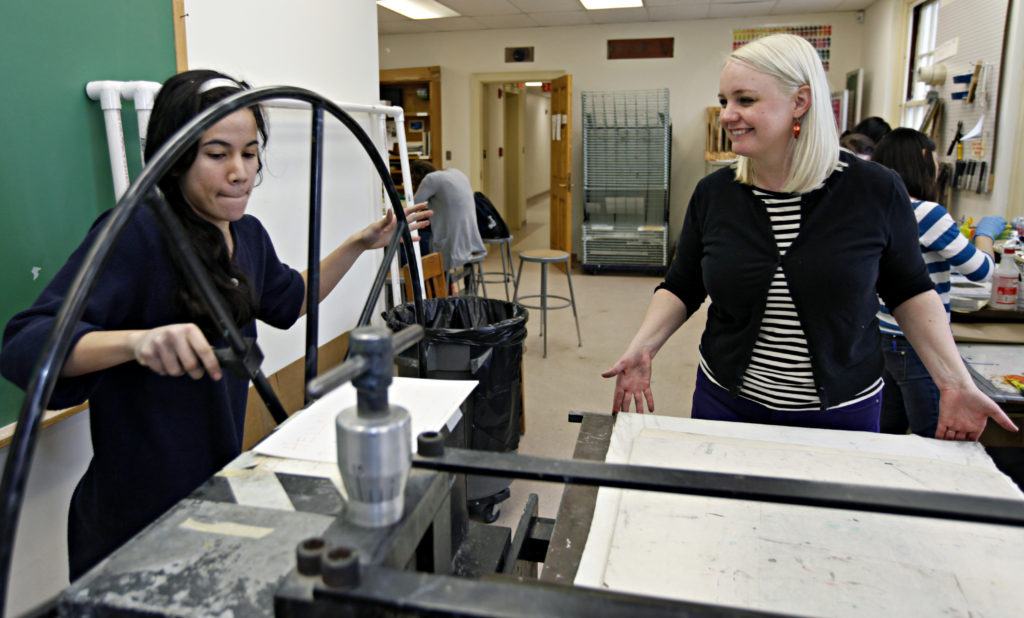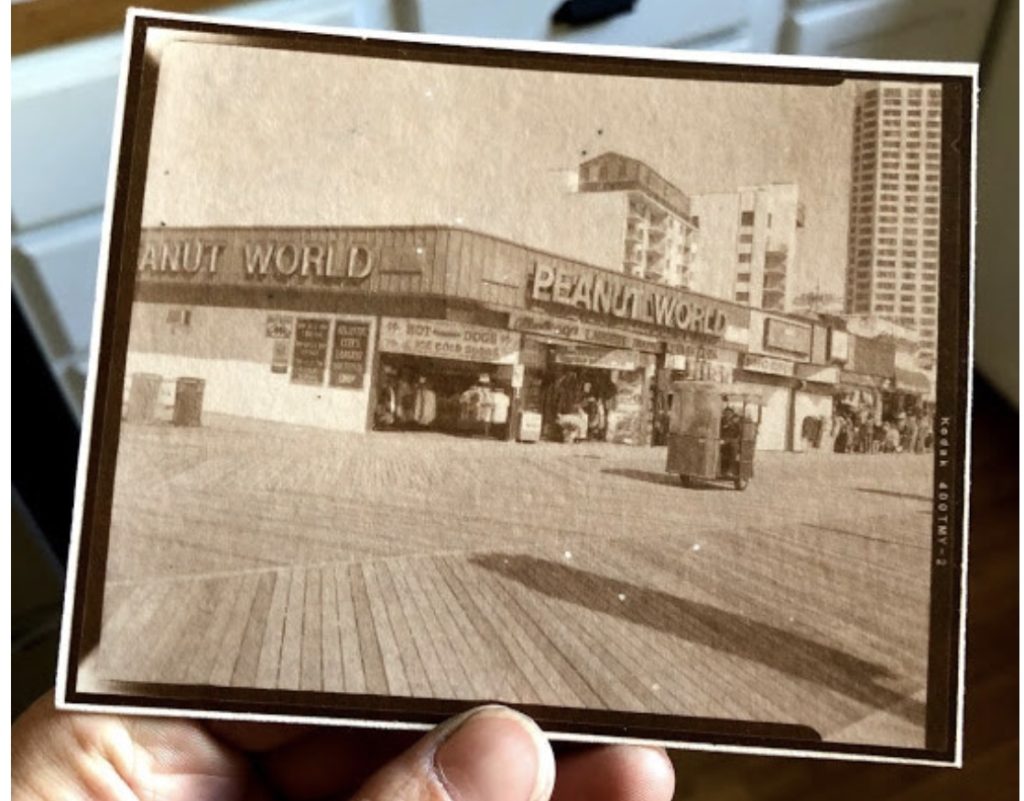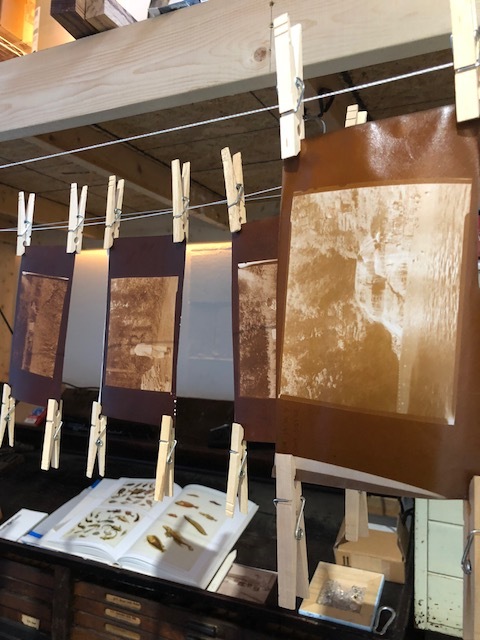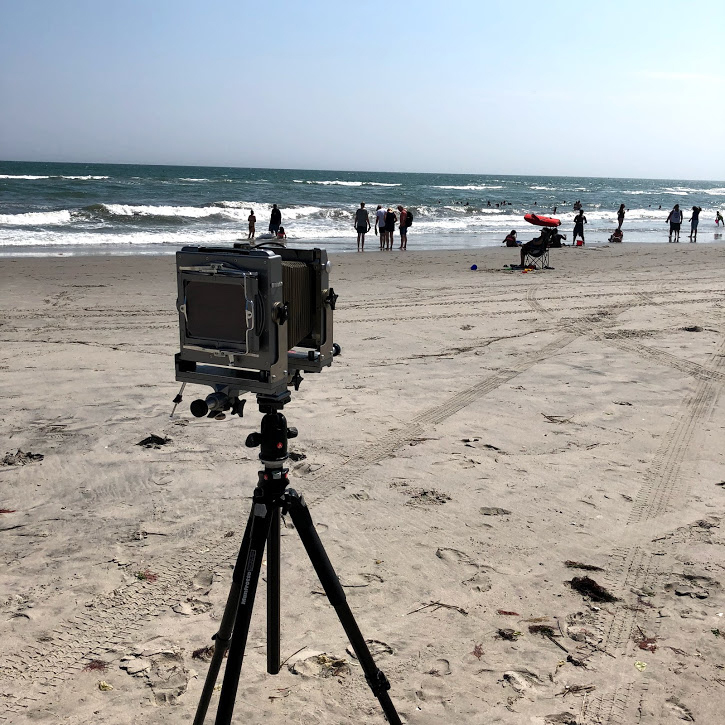Everything Rosemary Jesionowski needed to document the country in albumen prints fit into the custom-built box in the hatchback of her Subaru. There was the 4×5 view camera and a stack of reference books on the historic photographic process she plans to replicate. There were mounds of photo paper she’d spent weeks painstakingly coating in a mixture of egg whites and chemicals.

And there were two suitcases filled with clothes for all four seasons, because that is how many the associate professor of studio art will experience while crisscrossing the United States over the next three months in what she has dubbed the Great North American Albumen Tour.
For now, she’s documenting her travels on Instagram. She plans to feature her albumen prints in an exhibition and a book once she returns.
Born in Portland 10 days before the eruption of Mount St. Helens, Jesionowski has long felt a connection to the volcano—and to the Earth itself. When she last got on a plane to Portland in 2004, the volcano was rumbling.

Jesionowski grew up around art. Her mother is an artist; her dad introduced her to pinhole photography. But dance was what she loved, and what she decided to major in, until an injury in college steered her back to what she’d always known.
She first took her photography on the road as an undergraduate at Ohio University, documenting her travels across the country with pinhole photographs.
“That series of images referenced place and our relationship to place,” Jesionowski said, much like her latest project.
It started five years ago, when the art professor taught a class on historic photographic processes at UMW. Jesionowski was working with another bygone art form called salted paper printing when she got the chance to meet the man who literally wrote the book on both albumen and salted paper printing.
His name was James Reilly. She read his book cover-to-cover. Then she started experimenting with albumen, one of the earliest forms of photography. It took weeks just to create the glossy paper on which to expose the brown, almost ethereal images.

“When I had the opportunity to apply for a sabbatical, I decided this is what I was going to do,” Jesionowski said. “I wanted to really dive into it. It’s important to keep these processes alive.”
This summer, she plotted her route. She put new tires on her Subaru. Her husband, Jake Urbanski, an artist who will teach her classes while she’s gone, helped construct a custom box for the hatchback.
Last week, she piled everything she would need for the next three months next to her car on a sidewalk in Richmond, trying to figure out how to fit it all in.

Her first stop was Ithaca, New York. From there, she would head to Ohio, Detroit, Indiana and South Dakota, to Yellowstone National Park, Portland and Mount St. Helens, that place she always felt tied to. She would then turn south, down the California coast, and make her way to Yosemite and Las Vegas before turning back to Los Angeles and Joshua Tree National Park. Then on to Phoenix and Salt Lake City and the Rockies, to Colorado Springs, Santa Fe, San Antonio, New Orleans and places in between—some 9,000 miles in all.
She will process her film by hand using water from each place, to take advantage of the light and the tilt of the Earth, tying the prints to the ground she travels.